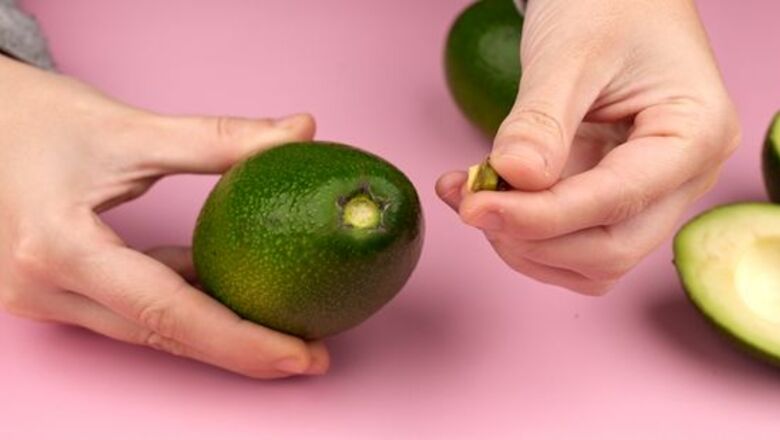
views
Examining the Avocado
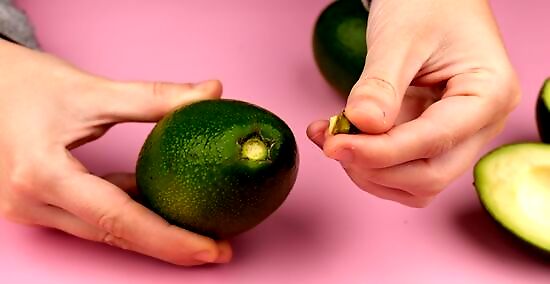
Using the stem of the avocado to check for ripeness. Some people advocate checking for softness by pushing in or removing the stem. If the stem moves easily it means the avocado is ripe. Once the stem is removed the colour of the flesh is also revealed. This method may be effective when judging softness but not when judging colour. To get a good indication of the quality of the flesh more surface area needs to be seen. If you are examining avocados to purchase, you should avoid tampering with the fruit in this way. Removing the stem can compromise the quality of the fruit for other prospective purchasers.
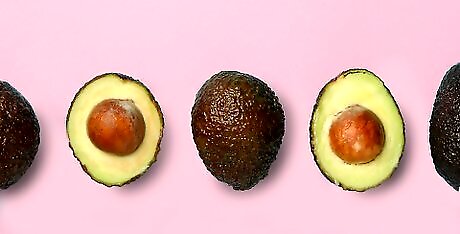
Feel the avocado and examine the skin. The firmness and color of an avocado are big indicators of its ripeness. Hold the avocado in your hand and apply gentle pressure. A ripe avocado will yield slightly with light force. If slight pressure leaves an indent in the avocado, it is a sign it has gone bad. Check the outer skin of the avocado. If there are wrinkles, marks, severe dents, visible mould, or a rancid odour, the avocado is not safe to eat and should be discarded. Check the color. Different varieties of avocado have different skin colours. The most common variety of avocado, the Hass, will change colour to very dark green or purple colour when ripe. If a Hass avocado has reached a deep black colour, it may be past its prime.
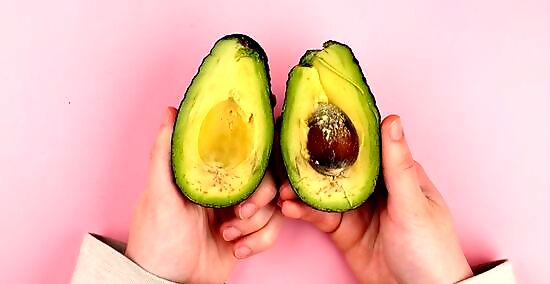
Cut the avocado open. If you already own the avocado, this is the quickest way to determine if it has gone bad. The flesh should be a light green colour. If the flesh is black or brown, the avocado should not be eaten. If there is some minor bruising in the form of small, isolated areas of brown discolouration, the avocado is okay to eat.
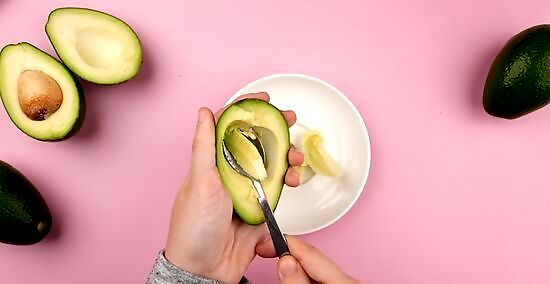
Taste the avocado. If you have thoroughly inspected the flesh but are not sure whether the avocado has gone bad, it is safe to perform a taste test. Avoiding any brown spots, try a small amount of the green flesh. Avocado should be creamy, mild and subtly sweet. If it smells or tastes musky or off, it has gone bad.
Keeping Avocados Fresh

Avoid overripe avocados by storing them correctly. If an avocado has achieved optimal ripeness but will not be eaten immediately, store it in the fridge. An uncut, ripe avocado can last approximately 3-4 days at room temperature, or 7-10 days if refrigerated.

Store cut avocados to preserve freshness. To store an avocado after it has been cut, cover tightly with plastic wrap and/or store it in an air tight container for up to 2 to 3 days. To retain a light green colour for as long as possible, sprinkle a light layer of lemon juice on the cut flesh. The slight acid content will help halt oxidation and prevent the flesh of the avocado from turning brown as quickly. When avocado flesh has oxidised, it does not mean that the fruit is inedible. Take a spoon or other utensil and gently scrape away the brown surface area. The underlying avocado flesh should be light green.
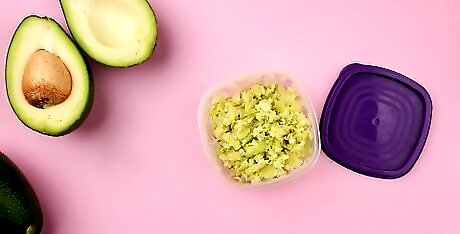
Freeze avocado to avoid waste. To prolong the life of an avocado puree the flesh with lemon juice and keep in a sealed container. The puree will keep for up to 4 months in the freezer.

















Comments
0 comment